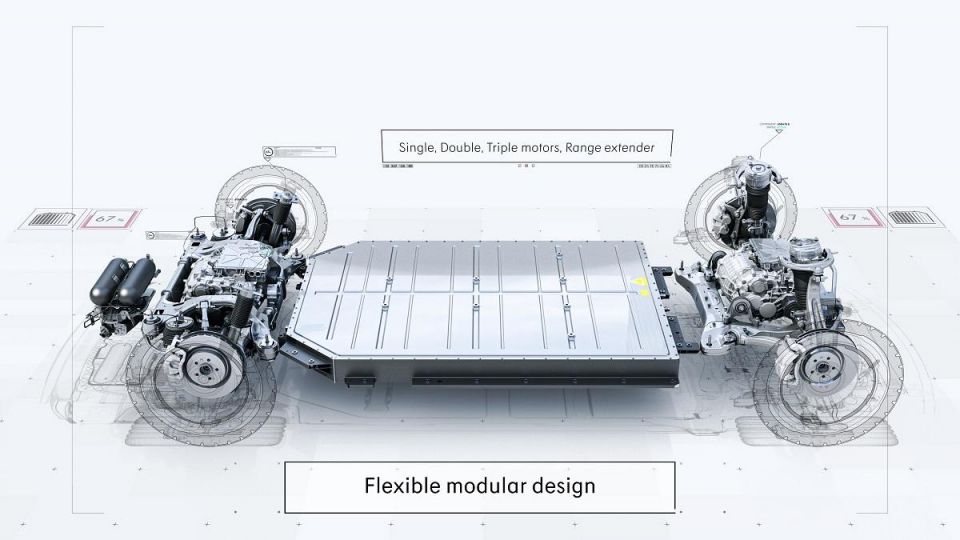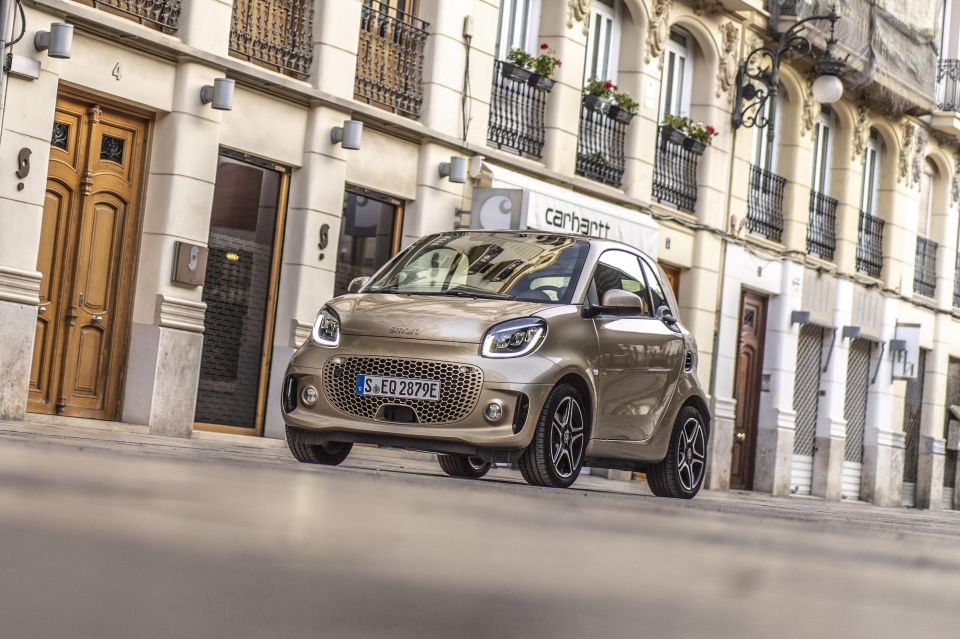

Josh Nevett
2025 Bentley Bentayga review
5 Days Ago

News Editor
Smart is going big… or at least bigger.
Automobilwoche reports the first model from Daimler and Geely’s joint-venture will be an SUV built on the all-electric Sustainable Experience Architecture (SEA) developed by Zhejiang Geely Holding Group.
It’ll be introduced next year in China and will also be introduced to Europe.
Smart will also use SEA for another model which Daniel Lescow, Smart’s vice president of global sales and marketing, says is also likely to be an SUV.

While the SEA architecture can reportedly accommodate everything from A-segment city cars to larger D- and E-segment vehicles, Smart is no longer beholden to its small car image.
“Vehicle length alone is no longer a decisive factor for us … we have redefined the requirements for Smart,” said Smart boss Daniel Lescow.
“We want to radiate even more premium and not appear quite so playful,” he said.
The premium push includes a new generation of connectivity, including semi-autonomous driving functionality and over-the-air updates.
Lescow says it won’t cannibalise sales from the Mercedes-Benz GLA or other entry-level Mercedes-Benz models, with lower Chinese production costs helping to keep prices down.
Daimler and Geely’s joint venture will build around 150,000 Smart-branded electric cars each year, starting in 2022.

The existing ForTwo will continue production at the Hambach factory in France, dubbed Smartville, until 2024.
That’s despite Ineos having bought the factory and beginning production of its Grenadier SUV there this year. It’ll continue to produce ForTwos for Daimler on a contract basis.
The SEA platform developed by Geely can be configured with front-, rear- or all-wheel drive and one, two or three electric motors.
SEA will support over-the-air updates and autonomous driving technology, and promises a maximum range in excess of 700km, though Geely – like many Chinese automakers – follows the more lenient NEDC measures.
Geely will make the architecture accessible to other OEMs, with Geely Holding chairman and founder Li Shufu saying, “We intend to offer the benefits of this innovation to other manufacturers – reflecting the common interests in our industry in addressing the challenges of climate change.”
The Chinese giant bought a 50 per cent stake in Smart in 2019.

Though Smart hasn’t made a crossover before, this isn’t the first time the company has developed a larger model.
The first-generation Forfour, based on the same platform as the Mitsubishi Colt, was larger than the current rear-engined, rear-wheel drive model.
Produced from 2004 to 2006 and sold here, the Forfour measured 3752mm long and 1684mm wide. Nevertheless, that’s still 313mm shorter and 41mm narrower than today’s Kia Rio.
The city car manufacturer was last seen in Australia in 2014.
Where expert car reviews meet expert car buying – CarExpert gives you trusted advice, personalised service and real savings on your next new car.
William Stopford is an automotive journalist based in Brisbane, Australia. William is a Business/Journalism graduate from the Queensland University of Technology who loves to travel, briefly lived in the US, and has a particular interest in the American car industry.


Josh Nevett
5 Days Ago


Andrew Maclean
4 Days Ago


Shane O'Donoghue
4 Days Ago


Anthony Crawford
3 Days Ago


Matt Campbell
2 Days Ago


James Wong
1 Day Ago